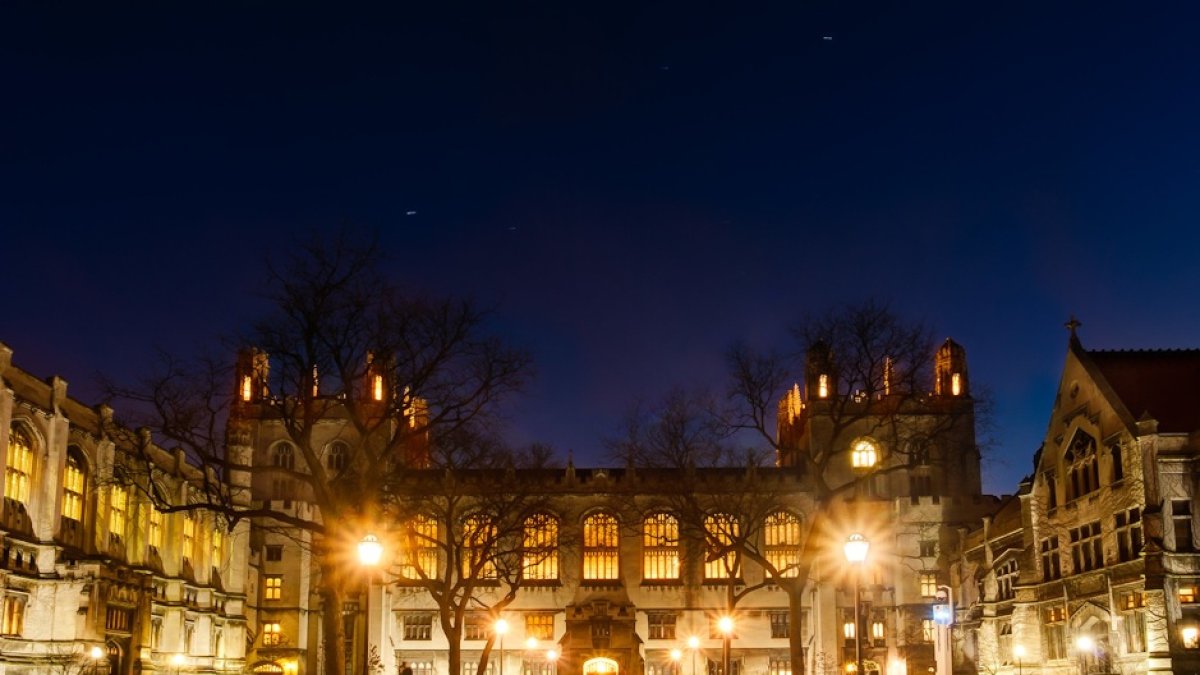College debt forgiveness: ONE TRILLION DOLLARS for the wealthiest families
President Biden has announced his plan to end college loans debt. Its effectiveness and fairness are both under question.

University of Chicago Quadrangle / Chris Smith (Flickr).
Joe Biden wants to approve his plan for college debt forgiveness, which will forgive up to $20,000 for each loan granted by the federal government. Biden wants it to move forward before the House and perhaps the Senate fall on the Republican side.
Biden explained from the president's official account:
Pell Grants were awarded to low-income students while they were enrolled in college:
And add this:
The move will eliminate debt for about 20 million people and reduce the monthly payment for those who still have one by about $250 a month, according to the Department of Education, Vox reports.
On the other hand, the Department of Education itself says in a report that the president has no authority to take such action. According to a report cited by National Review, the president"has no legal authority to provide blanket or mass cancellation, (...) or forgiveness of principal balances on student loans."
One billion dollars
The Committee for a Responsible Federal Budget (CRFB) estimates that the measure will cost a minimum of $230 billion, and that's not counting debt forgiveness for those who received a Pell Grant. In fact, the cost could be much higher. Penn Wharton-University of Pennsylvania Budget Model values the final cost at about $980 billion. Almost a trillion dollars. The cost per contributor would be no less than $2,100.
The families who need it most?
The CRFB report highlights a much-criticized aspect of Biden's plan, which is that it is a massive bailout of wealthy families. In fact, according to the Committee's calculations, "around 70% of the benefit will go to those in the upper half of the income spectrum".
According to the progressive Brookings Institution, the measure is regressiveIt implies a transfer of wealth from the poor to the rich. And it is regressive whether measured by income, wealth or educational level.
It's not just the rich. According to a report carried out by the White House and reported by the National Review, about half of White House employees are eligible for student debt forgiveness, if they have one.
Inflation will worsen
One of the consequences of this measure may be an increase in inflation. Economists say that to lower inflation it is necessary to reduce demand. And a nearly trillion dollar program would make the situation worse. Another report by the CRFB finds that the measure would wipe out all of the possible inflation-reducing effects of the Inflation Reduction Act. Inflation Reduction Act.
Higher college tuition
Another consequence is that it will lead to an increase in university fees. Universities will take into account that the federal government pays for university costs, whatever they are, so what they do is raise fees.
Since it is ultimately the students who have to pay the tuition, even if it is over several years and with interest payments, it ends up becoming a burden for the students. Joe Biden himself has said so in his justification for the measure:
And yet, debt forgiveness is not accompanied by a reform that would help mitigate this problem. mitigate this problem. On the contrary. The realization that the Federal Government will ultimately pay tuition may encourage universities to raise tuition even higher.
This is a serious problem. In fact, young people are dro pping out of college because they no longer see it as a path to prosperity. In just two years, the number of university students has fallen by one million.
Workers lose out
On the other hand, it could have adverse political effects for the Democratic Party. A recent article published by The New York Times made clear its conclusion from the headline: "Democrats have an image problem, please don't make it worse". A move that favors wealthy white-collar urbanites may contribute to further alienating them from the working class, which is abandoning them. The debt forgiveness will be paid by all taxpayers, and will benefit all taxpayers. 13% of Americans.
Mike Pompeo makes this assessment:












